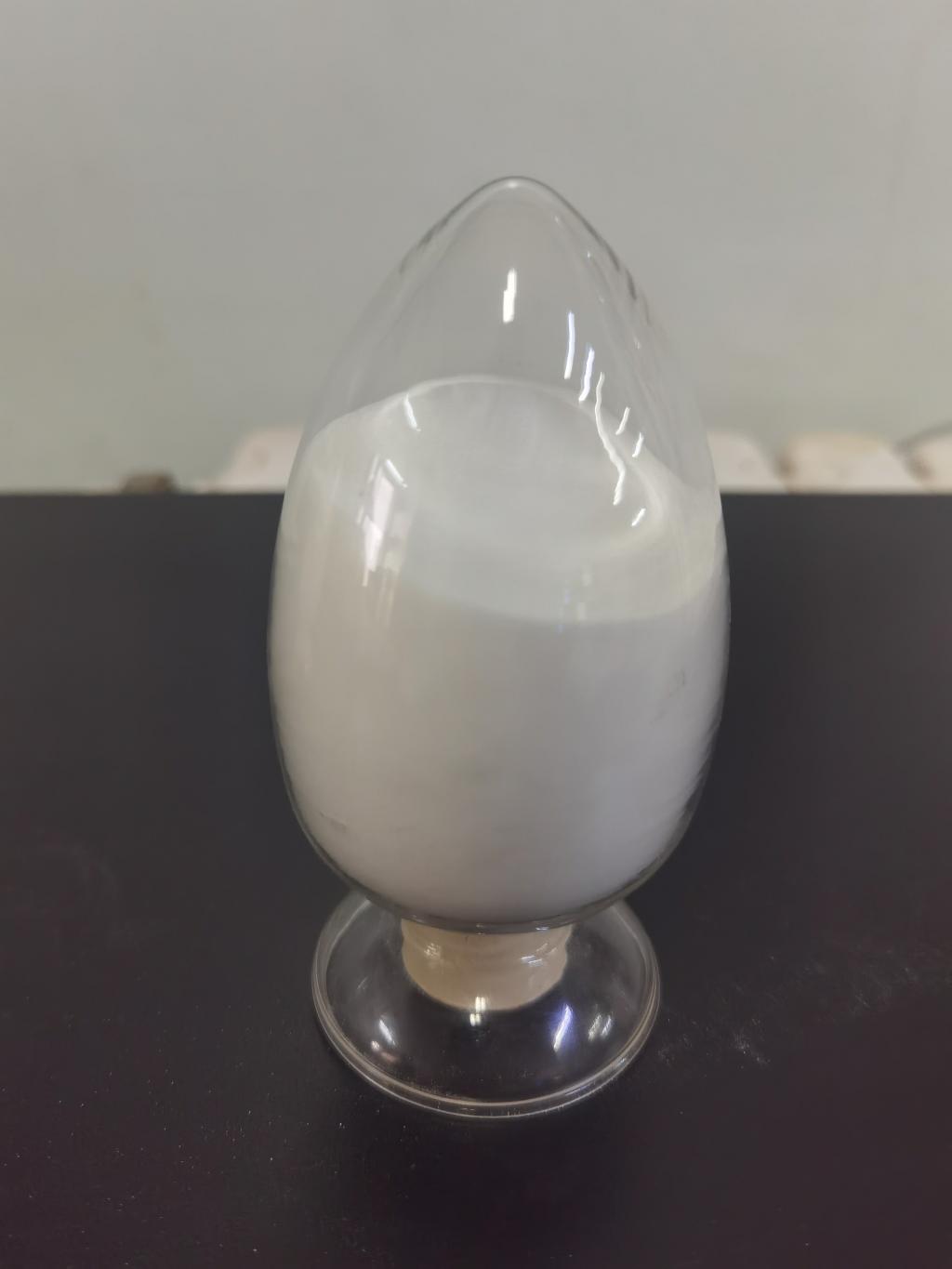Tel:+8618231198596

News
 CONTACT
CONTACT
 CONTACT
CONTACT
- Linkman:Linda Yao
- Tel: +8618231198596
- Email:linda.yao@dcpharma.cn
- Linkman:CHARLES.WANG
- Department:Overseas
- Tel: 0086 0311-85537378 0086 0311-85539701
News
Current Position:
Home >
News
>Leveraging ε-Polylysine Hydrochloride in the Development of Antiviral Therapies
Leveraging ε-Polylysine Hydrochloride in the Development of Antiviral Therapies
TIME:2024-01-16
Introduction:
Viral infections continue to be a significant global health concern, and the development of effective antiviral therapies is paramount. Traditional antiviral approaches often face challenges such as resistance and limited efficacy. This article aims to shed light on the potential of ε-polylysine hydrochloride as a novel antiviral agent and its role in shaping the landscape of antiviral therapies.
ε-Polylysine Hydrochloride: An Overview
2.1 Structure and Properties:
Before delving into its antiviral potential, this section provides a comprehensive overview of the structure and properties of ε-polylysine hydrochloride. Understanding its unique characteristics lays the foundation for exploring its interaction with viral entities.
2.2 Mechanisms of Action:
Research suggests that ε-polylysine hydrochloride may exert its antiviral effects through various mechanisms. This section explores the interactions between ε-polylysine hydrochloride and viral particles, including its impact on viral entry, replication, and release. Insights into the molecular basis of its antiviral activity provide a framework for its potential therapeutic applications.
Preclinical Studies:
Several preclinical studies have investigated the antiviral potential of ε-polylysine hydrochloride using in vitro and in vivo models. This section reviews key findings from these studies, highlighting the compound's ability to inhibit a broad spectrum of viruses. Additionally, it discusses potential synergistic effects with existing antiviral therapies.
Molecular Targets:
Understanding the molecular targets of ε-polylysine hydrochloride is crucial for unraveling its antiviral mechanisms. This section delves into the specific interactions between ε-polylysine hydrochloride and viral components, elucidating its selectivity and potential for targeted antiviral therapy.
Clinical Implications:
While much of the research on ε-polylysine hydrochloride and antiviral activity is in the preclinical stage, this section explores the potential clinical implications. It discusses challenges and opportunities in translating preclinical findings into effective antiviral therapies for human use.
Safety and Toxicity Profile:
An essential aspect of any potential antiviral agent is its safety profile. This section discusses the toxicity studies conducted on ε-polylysine hydrochloride, addressing concerns related to dose-dependent effects, potential side effects, and its overall safety for use in antiviral therapies.
Synergies with Existing Antiviral Agents:
Exploring potential synergies between ε-polylysine hydrochloride and existing antiviral agents is crucial for enhancing treatment efficacy. This section examines studies that investigate combination therapies, offering insights into the cooperative effects that may arise from combining ε-polylysine hydrochloride with other antiviral compounds.
Future Directions and Challenges:
As ε-polylysine hydrochloride moves towards the forefront of antiviral research, several challenges and opportunities lie ahead. This section discusses potential future directions, including clinical trials, optimization of delivery systems, and the development of specific antiviral formulations. It also addresses challenges such as resistance and the need for further mechanistic understanding.
Conclusion:
In conclusion, ε-polylysine hydrochloride emerges as a promising player in the development of antiviral therapies. Its unique properties, coupled with encouraging preclinical data, position it as a potential candidate for addressing the challenges posed by viral infections. As research continues, the integration of ε-polylysine hydrochloride into antiviral strategies holds the promise of contributing to a more effective and diversified antiviral arsenal.
- Tel:+8618231198596
- Whatsapp:18231198596
- Chat With Skype







